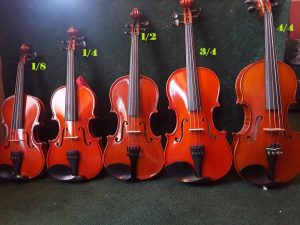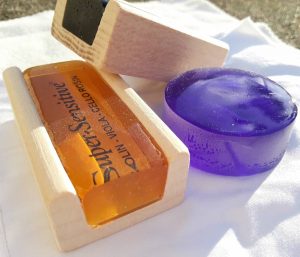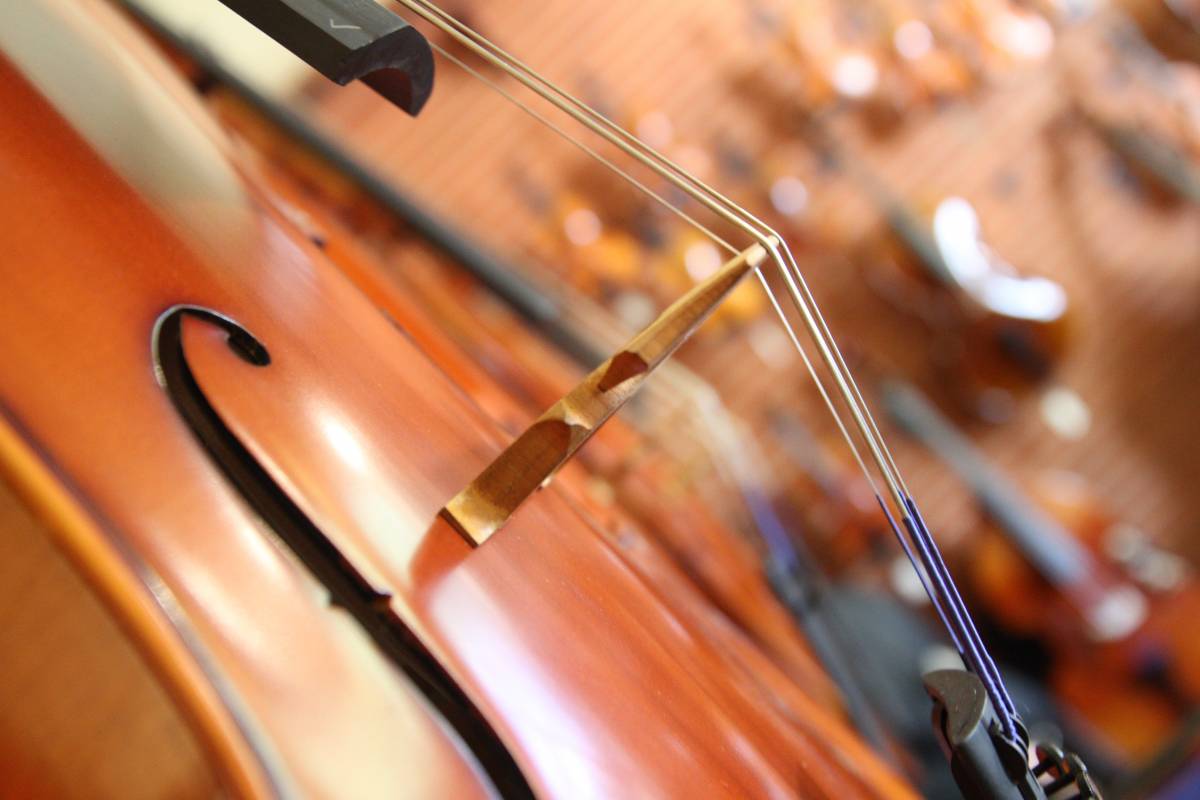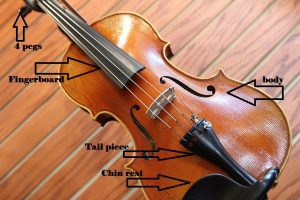Now what?
Whether your child has joined the 5th grade string program at their elementary school or orchestra in middle or high school, there are a lot of things to keep in mind! Don’t worry – it won’t be too much to take in!
How much is this going to cost me?
Not very much at all! A good Rent-To-Own program is your best bet for stringed instruments.  The four instruments of the orchestra (violin, viola, cello, and bass) are designed in several sizes in order to accommodate growing players. It’s the equivalent to buying the right size of shoe for your child. Under a RTO (Rent-To-Own) program, you will be able to return the instrument (if your student decides not to continue), size up as your student grows, or exchange for a different instrument.
The four instruments of the orchestra (violin, viola, cello, and bass) are designed in several sizes in order to accommodate growing players. It’s the equivalent to buying the right size of shoe for your child. Under a RTO (Rent-To-Own) program, you will be able to return the instrument (if your student decides not to continue), size up as your student grows, or exchange for a different instrument.
What do you mean?
A lot of students that begin on violin in the 5th grade program expand to one of the other three orchestral instruments when they move to middle school. Similar to shoe sizing, it will depend on the size of your child rather than age. More specifically, the stringed instruments depend on arm length (a store that specializes in orchestra will be able to measure your student and get the appropriate size instead of just giving you one).
What if I want to buy one?
If you buy an instrument outright, you will want to have it checked out by a repair shop. There are a lot of companies (online is one of the biggest culprits) that will sell very low quality instruments at an attractively low price. A poor quality instrument won’t sound as good, hold up as well, and will have inherent issues. If your student plays a size other than full-size (violin – 4/4, viola – 16”, cello – 4-4, bass – 3/4), this means you will accumulate different sizes of orchestral stringed instruments as your child progresses. This is another benefit of a Rent-To-Own program.
If you get an instrument that is too big or too small for your child, learning will be more difficult and often leads to frustration. You wouldn’t want your child to try out for the basketball team in shoes too big or too small, you want the shoes to fit just right to set them up for success; it is the same concept with the right instrument!
Signs of a quality instrument:
- Ebony fingerboard and pegs
- Good idea to visually inspect the instrument. Some wood is painted black and not actually ebony.
- Softer woods that are just painted black will actually compress under the tension of the strings. The instrument won’t stay in tune or possibly even stay in one piece.
- Maple and spruce body (most common)
- Durable and dense wood
- Helps produce a good sound
- Comes in a natural color
- If you see a “fun” color, run away (blue, red, green, purple, etc.)!
- Plastic or heavily weighed-down wood (by paint or lacquer) will deaden the sound and ruin sound projection.
Why to invest in a better quality instrument
- It will help your child succeed and prevent frustration because of malfunctioning equipment.
- No instrument is perfect, but getting a quality instrument is a step toward eliminating some of the struggles.
- When you invest in an instrument, you’re investing in your child’s musical career – no matter the duration. Even if your child doesn’t stick with it very long, the overall experience should still be a positive one.
- A quality instrument is the equipment needed, just like you need cleats for football and tennis shoes for track.
- A low-quality instrument to “get started” is like giving your child flip flops until they make the team. Learning something new is challenging enough without your equipment not functioning properly.
While the price tag comparison may be a bit of sticker shock, it pays off in the long run and will be the best thing for your musician.
Is there a lot of extra “stuff”?
Not at all! You will need rosin, a polish cloth (both of which come with our rentals), the book specified by your teacher, and a shoulder rest if you play violin/viola or a rock stop if you play cello/bass. Some orchestra directors ask for a folding music stand, which is used for the 5th grade programs and in middle/high school they are used for home practice (occasionally concerts). It is a good investment even if the director doesn’t require it as it promotes good playing posture.
How do I clean it?
Luckily, stringed instruments are VERY low maintenance. As long as you keep it out of extreme temperatures (hot as well as cold – never keep in your vehicle!), all you need to do is wipe it down to keep fingerprints and rosin dust from building up. You will also have to loosen the bow after every time it is played. Since the bow has horse hair, the hair will stretch and the bow stick will warp which translates into having to get a new bow. This also means you need to refrain from touching the hair since the oils from your fingers will ruin the bow hair (dirt and rosin will build up until it is no longer usable).
What is rosin?
I’m glad you asked! Rosin is tree sap, plain and simple. It comes in “cakes” (industry term) and is solid (unless you play bass, then it is almost a liquid; very viscous). Rosin is applied to the bow hair to make it sticky, helping grip the strings which results in sound! It comes in light (or summer) and dark (or winter). These are harvested from the same sources, but the difference is all in the name — when they are harvested! Tree sap extracted in the summer moves quicker and is lighter in color while any taken during the winter months is very slow-moving and dark in color. Being slower makes it stickier, which is perfect for the instruments with larger strings (viola and cello), but it can also be used on violin; it’s all based on preference!
(unless you play bass, then it is almost a liquid; very viscous). Rosin is applied to the bow hair to make it sticky, helping grip the strings which results in sound! It comes in light (or summer) and dark (or winter). These are harvested from the same sources, but the difference is all in the name — when they are harvested! Tree sap extracted in the summer moves quicker and is lighter in color while any taken during the winter months is very slow-moving and dark in color. Being slower makes it stickier, which is perfect for the instruments with larger strings (viola and cello), but it can also be used on violin; it’s all based on preference!
Are you sorry you asked yet? 😉
Don’t be scared about all of the specifics, Schmidt’s Music is here to guide you through this process and try to make it as simple as possible for you!
What if my child has an allergy?
If you have an allergy, don’t worry! There is hypoallergenic rosin out there and it comes in fun colors! You can absolutely still use this rosin (it is a higher quality than just the standard) even if you don’t have an allergy. In fact, some teachers put it on their supply lists for all of their students!
There are plenty of brands of rosin! If you’re interested in knowing more, just ask us!




